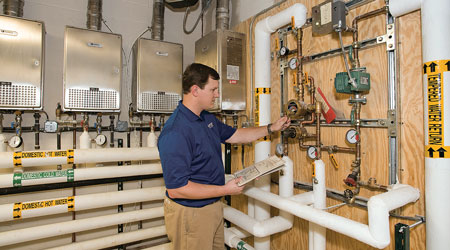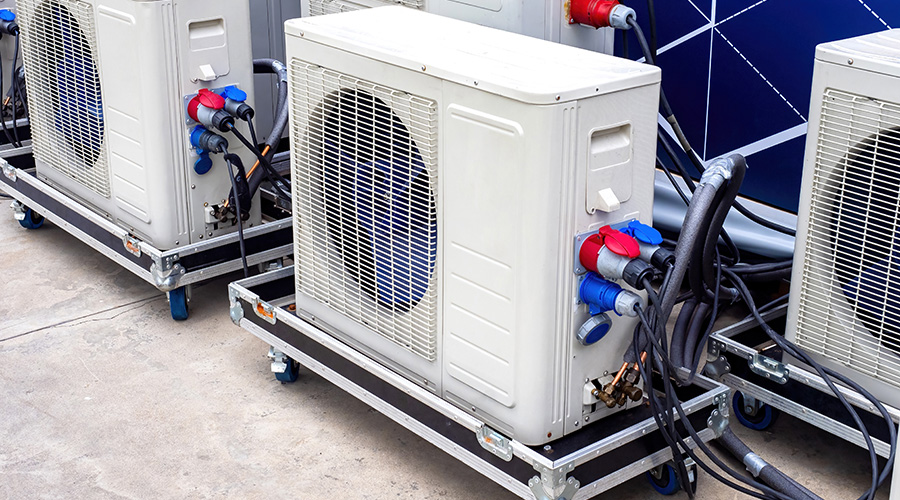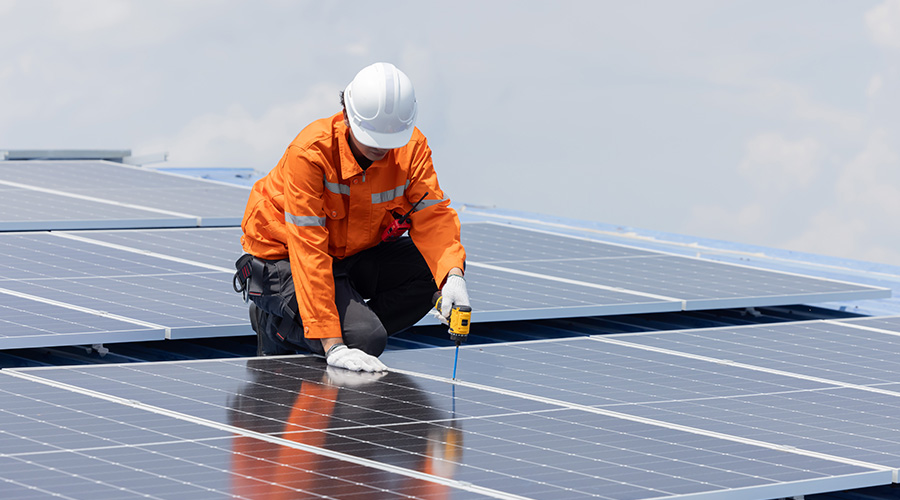 Advances in water heater materials and technologies can result in greater energy efficiency and long-term reliability to facilities.
Advances in water heater materials and technologies can result in greater energy efficiency and long-term reliability to facilities.Water Heaters: Post-Installation Protections
After a water heater is installed, managers can ensure it continues to operate energy-efficiently over the long haul by implementing a comprehensive maintenance program.
Beyond savvy specification and successful installation, the most effective component for ensuring a water heater operates energy-efficiently over the long haul is to follow through with a comprehensive program of monitoring and maintenance. The essential elements of such a program include the same kinds of strategies and tactics that support the operation of all key facility components.
Routine maintenance “includes making sure products are easy to service, with parts that are readily available from reputable equipment manufacturers that offer proper technical support,” Pinto says. “Most important is the ability to provide redundancy to ensure the business is never closed due to inadequate or no hot water.”
Paying attention to hot water before it runs out can help managers ensure their facilities remain open and in operation.
“Most business owners and property managers do not think about hot water until they run out,” Pinto says. “When they run out, they may lose business due to upset customers or being forced to shut down their facility for an extended period of time. Maintaining your water heater can keep large unexpected replacement costs to a minimal and allow your business to function as you originally intended.”
Related Topics:














